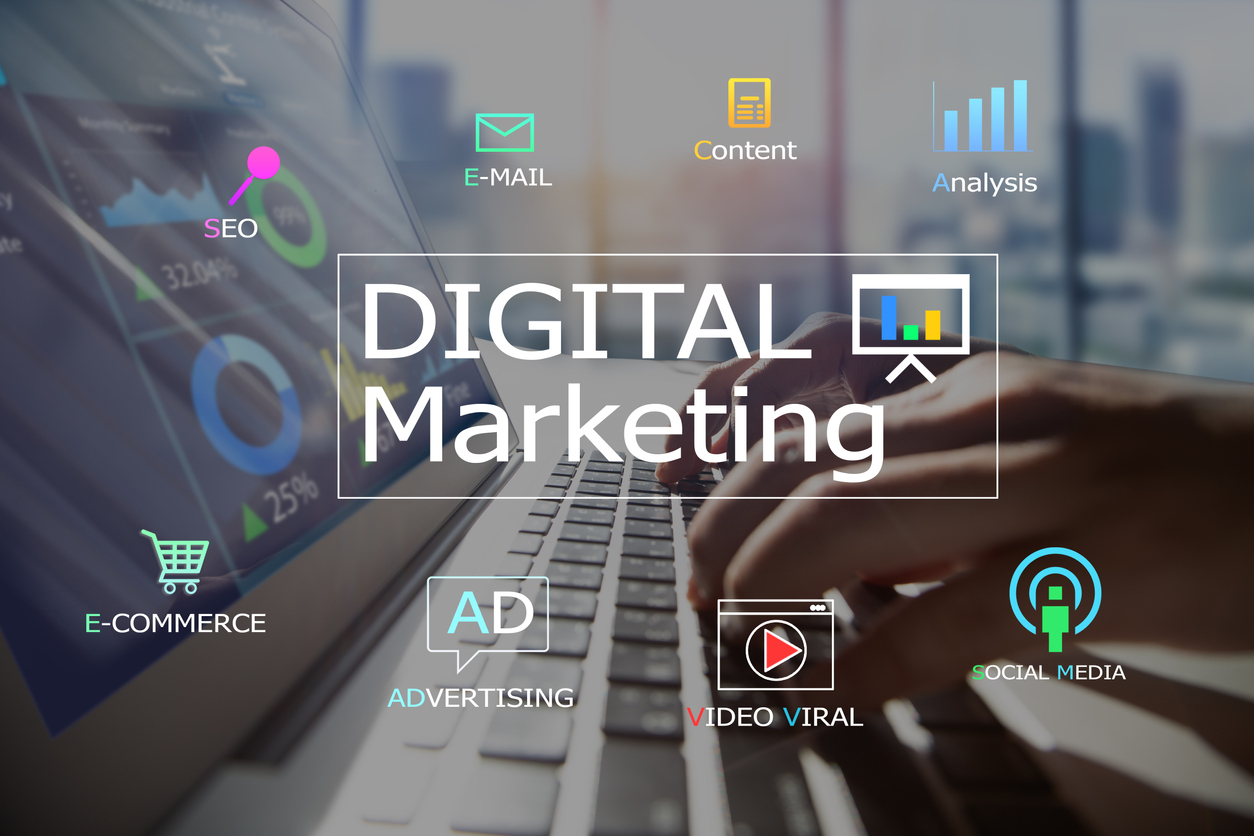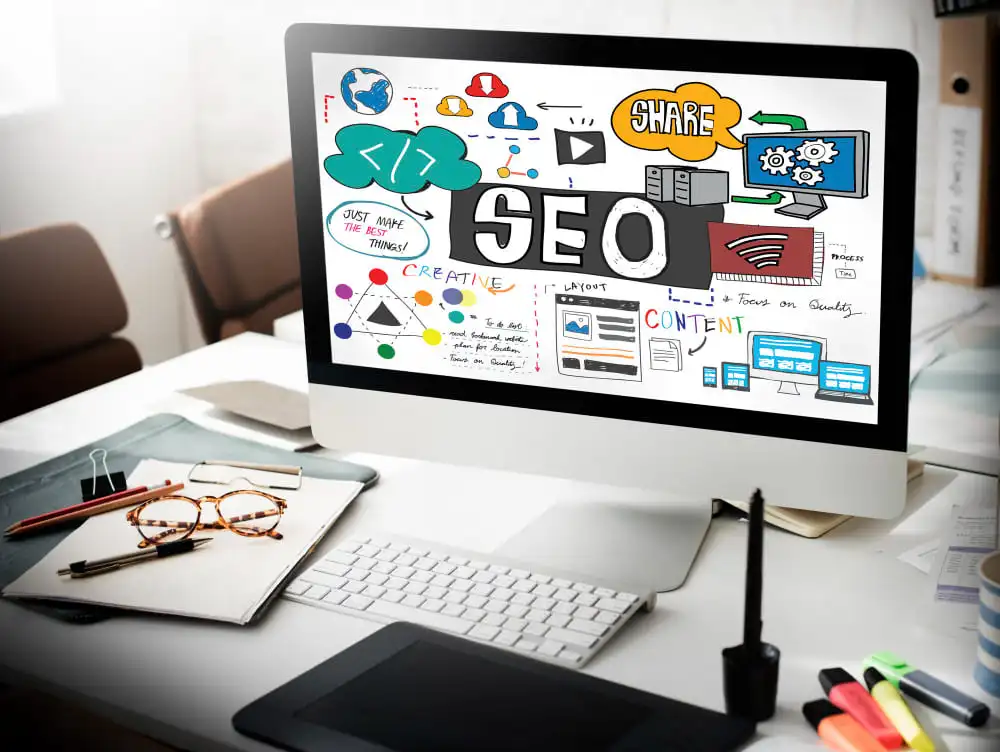As we step into 2024, the world of web design is evolving rapidly with new technologies and creative approaches shaping the digital landscape. This year’s trends are all about immersive experiences, personalization, and pushing the boundaries of traditional design. Here are the top web design trends that will dominate in 2024:
1. Augmented Reality (AR) Integration
Websites are embracing Augmented Reality (AR) to offer users immersive experiences that go beyond flat, two-dimensional screens. From virtual product try-ons to interactive 3D elements, AR is enhancing user engagement and helping businesses create memorable, interactive experiences. This trend is especially beneficial for e-commerce and real estate sites. (Webflow)(HTML Design).
2. Minimalist Design with Maximum Impact
Minimalism continues to be a dominant trend, but in 2024 it’s evolving to focus on clarity and user experience. Designers are using clean layouts, ample white space, and simple typography to create sleek, fast-loading websites. This trend ensures that content remains the focal point while offering a seamless browsing experience. (HTML Design).
3. Dopamine-Driven Colors
Vibrant, dopamine-inducing colors are making a splash in web design. Bright, bold hues like neon green and electric blue are being used to capture attention and evoke emotion, creating a fun, energetic vibe. This trend is particularly popular with brands targeting younger audiences, like Gen Z, who are drawn to bold and engaging visuals. (wix.com)(Looka).
4. Microinteractions and Interactive Design
Microinteractions—small, subtle animations or responses to user actions—are becoming a critical part of the 2024 web experience. Whether it’s hover effects, animated buttons, or interactive scroll features, these elements enhance usability and make the user experience more engaging. (Webflow)(Looka).
5. AI-Powered Personalization
Artificial Intelligence (AI) is transforming how websites interact with users. By analyzing user behavior in real-time, AI tools can deliver personalized content, product recommendations, and dynamic interfaces. This creates a tailored user experience that not only increases engagement but also boosts conversion rates. (HTML Design)(Webflow).
6. Skeuomorphism and Textured Design
Skeuomorphism, which involves mimicking real-world textures and objects in digital design, is making a comeback. Combined with trends like clay morphism and liquid glass textures, designers are bringing a more tangible, realistic feel to digital interfaces, creating a bridge between the digital and physical worlds. (wix.com)(Webflow).
7. Fast and Sustainable Design
In 2024, website performance is a key focus, with fast load times and eco-friendly design practices at the forefront. Techniques like lazy loading (loading content as users scroll) and efficient coding practices not only enhance user experience but also reduce the environmental impact of websites by minimizing resource consumption. (TheeDigital)(HTML Design).
Conclusion
2024 is a year where web design pushes the envelope in both aesthetics and functionality. Whether it’s creating immersive AR experiences or using AI to personalize user journeys, this year’s trends focus on enhancing engagement and offering users unique, interactive digital experiences. Brands that embrace these trends will be able to offer visually compelling, fast, and user-centric websites that stand out in the competitive online space.
By keeping up with these emerging trends, businesses can ensure their websites not only look cutting-edge but also provide a seamless, engaging experience that resonates with users.


